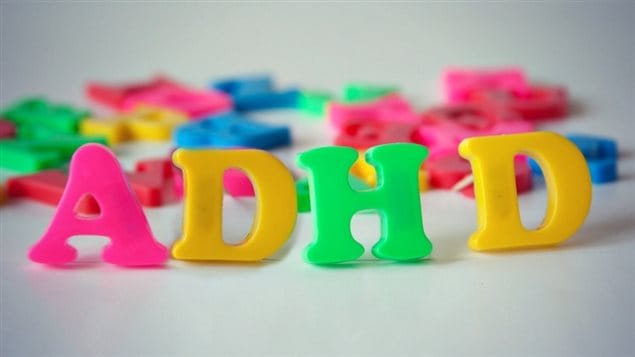Using sophisticated imaging technology, a recent study showed several regions of the brain are smaller in children with attention deficit hyperactivity disorder (ADHD). The disorder causes inattention, hyperactivity and impulsivity that impairs their daily function.
About 5.3 per cent of the world’s children have ADHD and two-thirds will have to live with the disorder as adults.
Countering negative attitudes
Parents and advocates welcome news of the study because it provides hard evidence that ADHD is a legitimate disorder, an idea which is sometimes questioned. It also may counter some of the negative attitudes towards people with the disorder.
Heidi Bernhardt, president of the Centre for ADHD Awareness Canada says the study shows the amygdala is one area of the brain that was found to be structurally different in children with ADHD. That is an area that regulates emotion. So, she says, that may help people understand and accept children who have trouble controlling their emotions.
ListenStop punishing for medical impairments, says advocate
“There are many, many children in our school system that get punished for this, sent down to the principal’s office, suspended, expelled, etc., etc.,”says Bernhardt. “When this is a core symptom of a medical disorder we need to be assisting children with this and not punishing them for their medical impairments.”








For reasons beyond our control, and for an undetermined period of time, our comment section is now closed. However, our social networks remain open to your contributions.